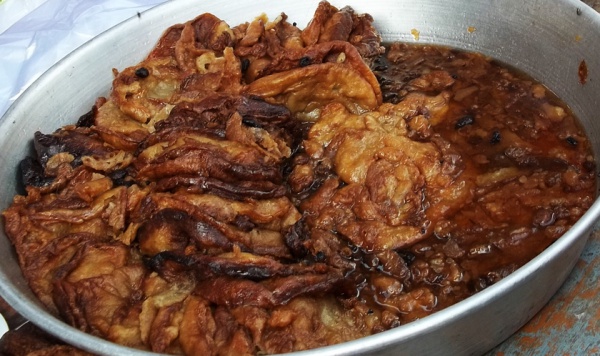Facts About Malpua
Malpua is a delectable pancake enjoyed as a dessert or snack throughout the Indian subcontinent, particularly in India, Nepal, and Bangladesh. This delightful treat boasts a rich history, tracing its roots back to a sweet cake called apūpa from the Vedic period. Today, Malpua is a festive favorite in regions like Bangladesh, Odisha, West Bengal, Maharashtra, and Nepal, often served alongside other sweets during celebrations.
There are numerous variations of Malpua, with each region adding its unique touch. For instance, in some areas, you may find bananas, coconut, cardamom, pineapple, or mango incorporated into the batter. In Odisha, the fritters are often dipped in syrup after frying, adding an extra layer of sweetness. The Bihari version includes sugar in the batter itself before frying. In Northern India, particularly in Uttar Pradesh, Bihar, and Rajasthan, fruit may not be included in the batter. Instead, the batter typically consists of refined flour, semolina, milk, and yogurt. These regional variations are often prepared during religious festivals such as Holi.
In Nepal, Malpua, locally known as Marpa in the Kathmandu Valley, is made with mashed ripe bananas, fennel seeds, peppercorns, and sugar. During Ramadan, the Muslim holy month of fasting, Malpua is a popular dish for iftar, the meal to break the fast. These versions commonly use maida (refined flour), rawa (semolina), and khoya/mawa (reduced milk solids) and are deep-fried into pancakes. Some recipes even recommend dipping the Malpuas in sugar syrup before serving.
In Odia cuisine, Malpua holds a special place and is often paired with mutton curry in non-vegetarian Maithil homes during Holi. Whether served sweet or savory, Malpua is a beloved dish that brings joy and flavor to many festive tables.

 India
India